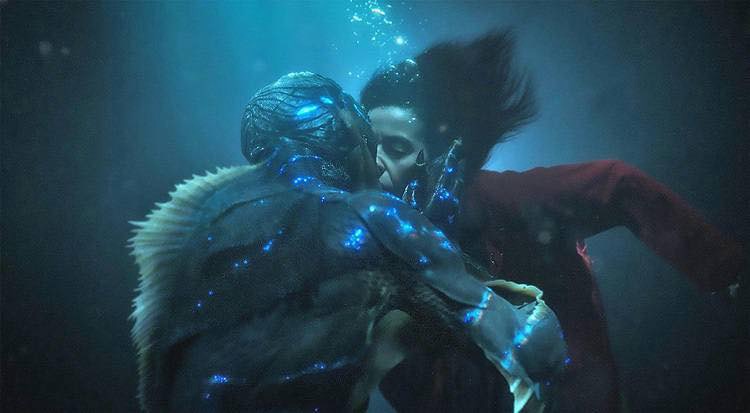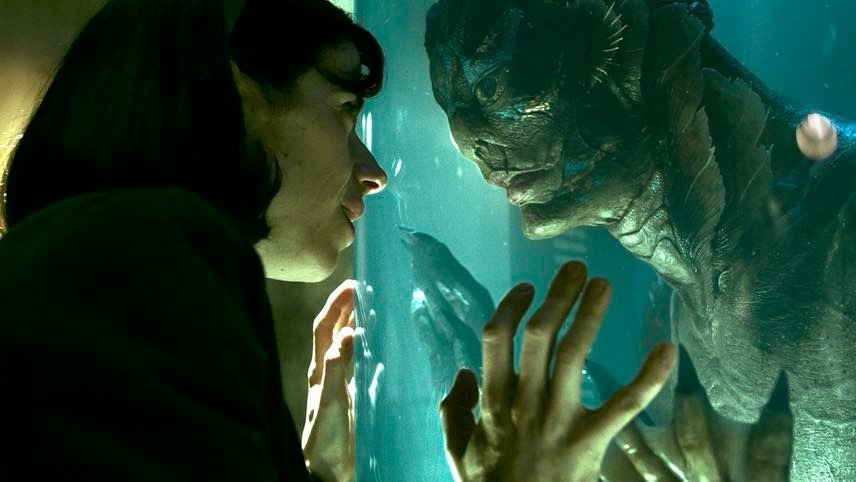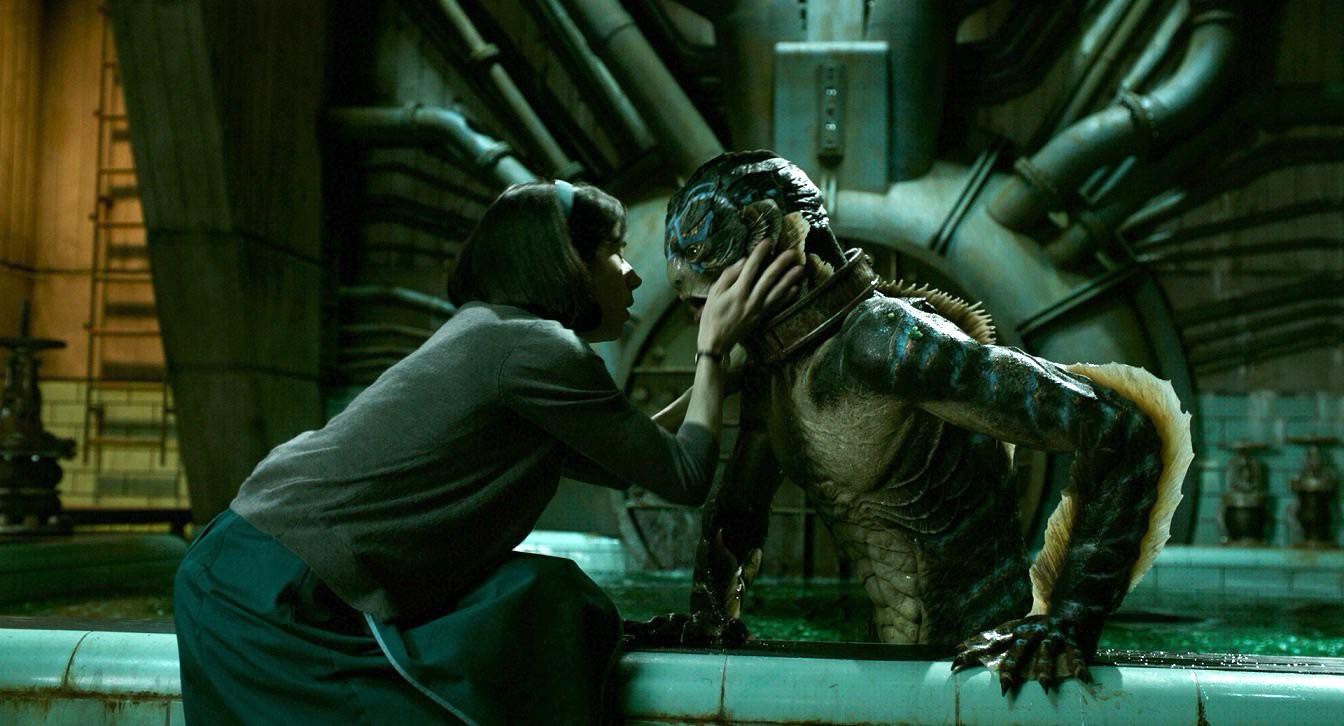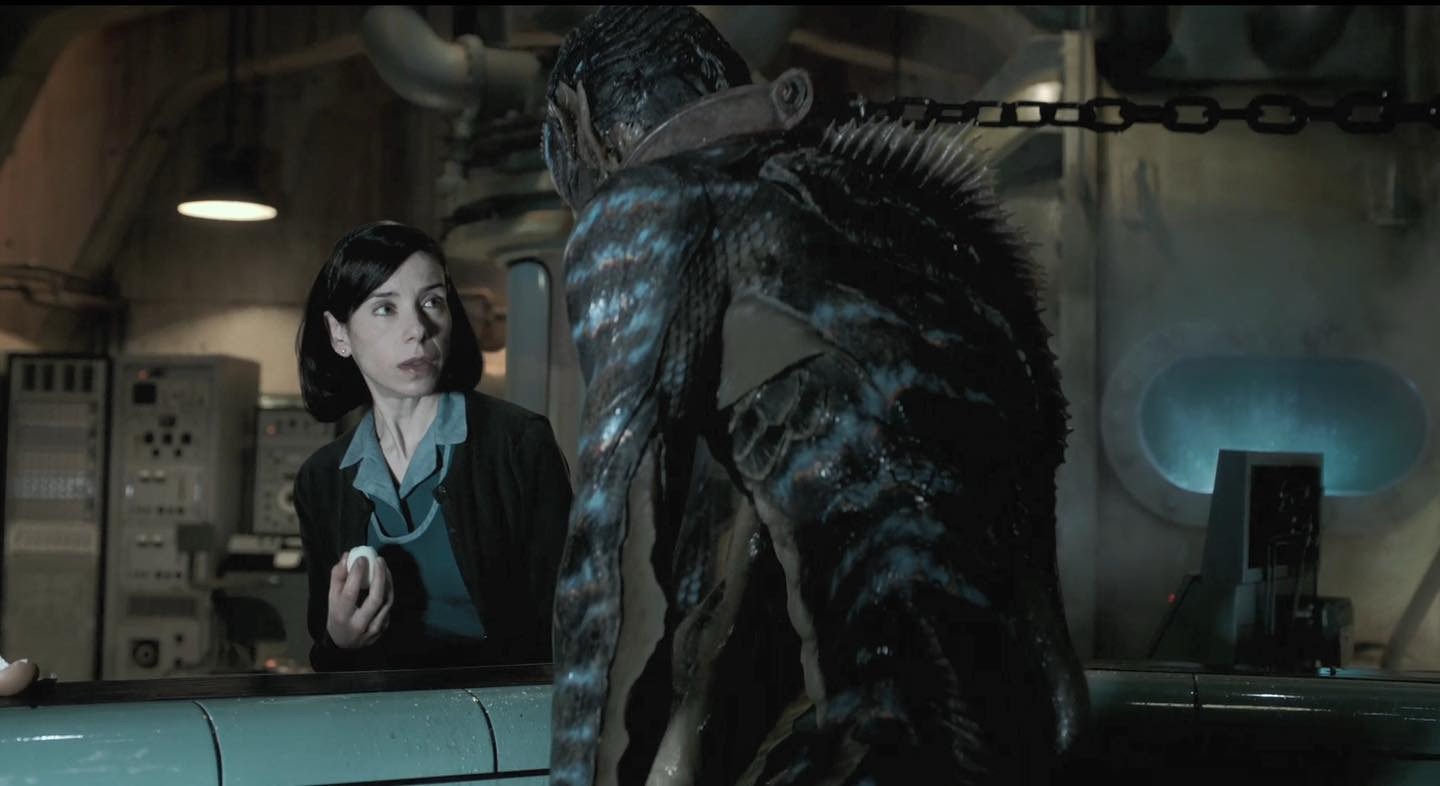The Shape of Water (2017)

The Shape of Water (2017), directed by Guillermo del Toro, is an enchanting blend of romance, fantasy, and Cold War-era thriller. The film tells the story of Elisa Esposito (played by Sally Hawkins), a mute janitor working in a secret government laboratory in the 1960s, who forms an extraordinary bond with a mysterious amphibious creature (Doug Jones) being held in captivity for experimentation.
Suggested videos for you
Suggested videos for you
Suggested videos for you
@licktowing11 At the Speed of Force Zack Snyder’s Justice League. #movie #movieclips #highlights #moviehighlights #zacksynderjusticeleague #superman
Suggested videos for you
@lovrstify99 FIGHT with DOOMSDAY Batman v Superman #movie #movieclip #highlights #moviehighlights #superman #batman
Visuals and Direction:
Del Toro’s direction is nothing short of masterful, creating an immersive and dreamlike world with lush cinematography and a distinctive color palette that alternates between cold greens and warm golden hues. His signature use of practical effects, especially with the design of the amphibious creature, is remarkable and lends the film a tactile, fairy-tale-like quality. Every shot is meticulously composed, and the atmosphere he creates is both surreal and grounded in the anxieties of the Cold War period.
Performances:
Sally Hawkins’ portrayal of Elisa is the heart and soul of the film. Despite being mute, she conveys a spectrum of emotions through her expressive face and body language. Her relationship with the creature feels deeply authentic, and Hawkins’ performance brings a sense of vulnerability and strength to the role. Doug Jones, who plays the creature, delivers an equally captivating performance through nuanced movements, giving the character a sense of depth and humanity despite its alien appearance.
The supporting cast is also exceptional. Richard Jenkins as Elisa’s lonely neighbor and friend provides warmth and subtle humor, while Michael Shannon’s portrayal of the menacing Colonel Strickland offers a chilling antagonist—obsessive, cruel, and desperate for control. Octavia Spencer brings heart to her role as Elisa’s colleague, Zelda, and the chemistry between the characters creates a strong emotional foundation for the narrative.
Themes:
The Shape of Water explores themes of otherness, loneliness, and the nature of love. The film portrays the connection between two beings who are isolated by society—Elisa due to her muteness and the creature due to its non-human nature. Their relationship defies societal norms and highlights the importance of empathy and acceptance. The film also addresses political themes of the time, from the paranoia of the Cold War to the rigid hierarchies that enforced prejudice and exclusion.
Music:
The score by Alexandre Desplat is hauntingly beautiful, complementing the dreamlike and romantic tone of the film. It flows seamlessly with the visuals, enhancing the emotional depth of key moments, particularly in scenes of intimacy between Elisa and the creature.
Conclusion:
The Shape of Water is a unique and daring film that defies genre boundaries. It’s part love story, part fantasy, and part social commentary, wrapped in a visually stunning package. The film’s strength lies in its ability to evoke a sense of wonder while addressing deeper emotional and political undercurrents. Del Toro’s ability to create a world where a love story between a woman and a creature feels natural is a testament to his storytelling prowess. It’s a film that will linger with you long after the credits roll.
It’s no surprise that the film went on to win multiple awards, including the Academy Award for Best Picture in 2018, as it resonates on both a deeply emotional and visual level.











